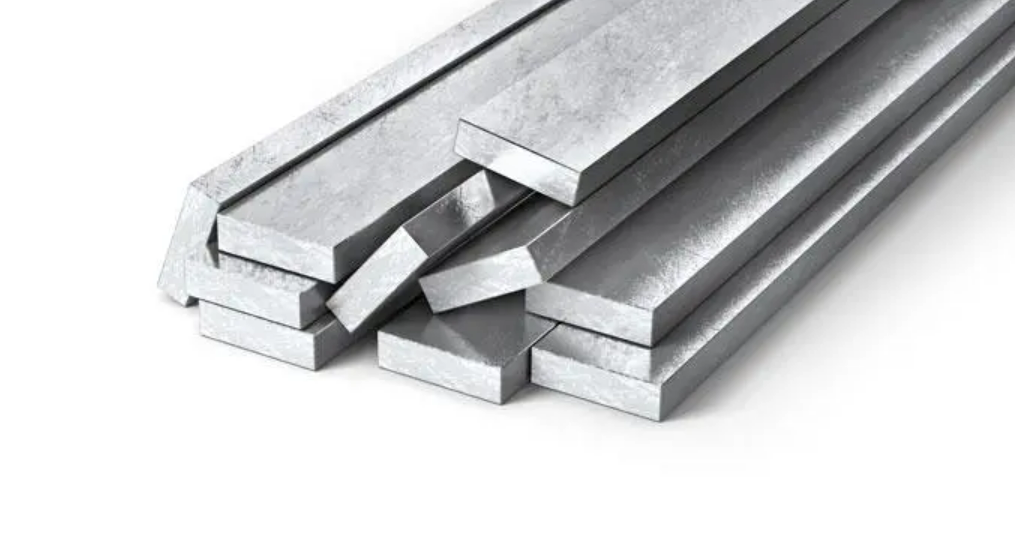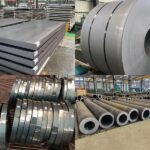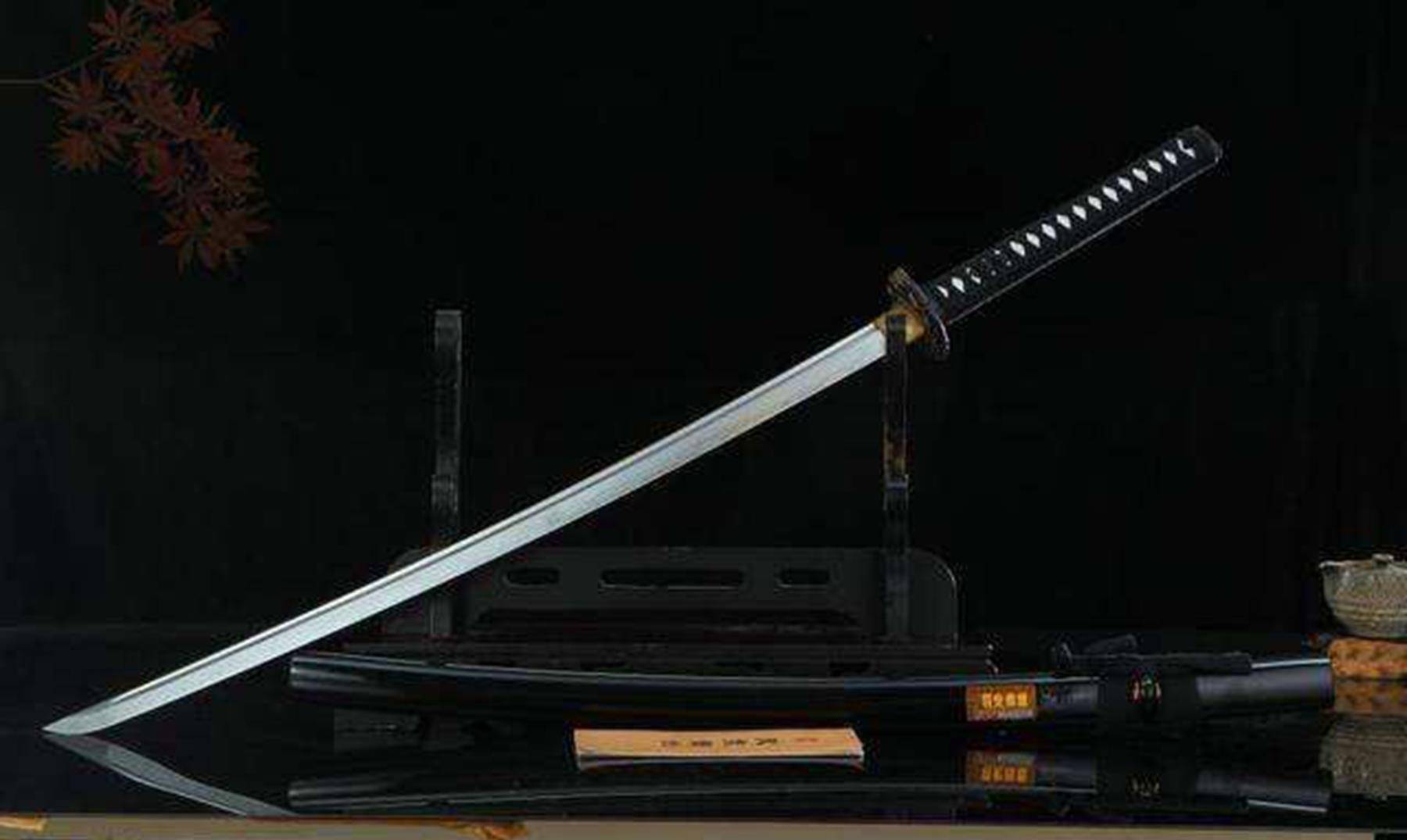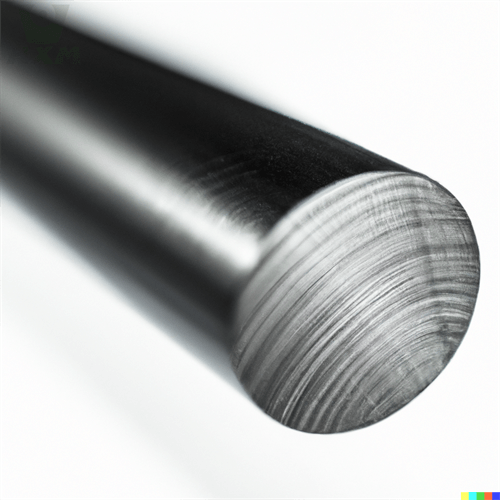Tool steel is a type of steel used for manufacturing cutting tools, measuring tools, molds, and wear-resistant tools. Tool steel has high hardness and maintains high hardness and red hardness at high temperatures, as well as high wear resistance and appropriate toughness. In this article, we’ll take a closer look at the common types of tool steel available on the market today.

Types of Tool Steel
Tool steel is classified into three categories based on its chemical composition: carbon tool steel, alloy tool steel, and high-speed steel (essentially high-alloy tool steel). Based on the application of the steel, it can be classified into three categories: cutting tool steel, molding tool steel, and measuring tool steel.
Types of Tool Steel – Carbon Tool Steel
Carbon tool steel has a high carbon content between 0.65-1.35%, which belongs to hypo-eutectic, eutectic, or hyper-eutectic steel based on its structure. After heat treatment, carbon tool steel can obtain high surface hardness and wear resistance, and the core has good toughness; the annealed hardness is low (not more than HB207), and the processing performance is good.
However, its red hardness is poor, and when the working temperature reaches 250°C, the hardness and wear resistance of the steel rapidly decrease, and the hardness decreases to HRC60 or less. This type of steel has low quenchability. Large tools cannot be quenched through (the quenching diameter in water is 15mm), and there is a large difference in hardness between the surface hardened layer and the center during water quenching, which makes the tool prone to deformation or cracking during quenching.
In addition, its quenching temperature range is narrow, and temperature control should be strictly implemented during quenching to prevent overheating, decarburization, and deformation.
Types of Tool Steel – T7 and T7A Hypo-eutectic Steels
These steels have good plasticity, toughness, and strength, as well as a certain degree of hardness, which allows them to withstand vibration and impact loads. However, their cutting ability is poor. They are used to manufacture tools that are not subject to heavy impact loads but require appropriate hardness, wear resistance, and good toughness, such as forging dies, chisels, hammers, punches, metal shearing blades, reaming drills, steel prints, woodworking tools, pneumatic tools, machine tool tops, workshop tools, drilling and boring tools, and relatively blunt medical surgical instruments.
Types of Tool Steel – T8 and T8A Eutectic Steels
These steels are susceptible to overheating during quenching, have significant deformation, and have relatively low plasticity and strength, making them unsuitable for tools that experience significant impact loads. However, they have high hardness and wear resistance after heat treatment. They are used to manufacture tools whose cutting edges do not become hot during use, such as woodworking tools, pneumatic tools, workshop tools, simple molds, rivet punches and mandrels, tool bits for cutting steel, bearings, cutting tools for aluminum and zinc alloys, and springs.
Types of Tool Steel – T8Mn and T8MnA Eutectic Steels
These steels have high hardenability and hardness but have relatively low plasticity and strength. They are used to manufacture woodworking tools with large cross-sections, hand saw blades, scoring tools, rivet punches, springs, saw blades for circular saws, drill bits for coal mining, and rock drilling tools.
Types of Tool Steel – T9 and T9A Hyper-eutectic Steels
These steels have high hardness but have relatively low plasticity and strength. They are used to manufacture various tools that require high hardness and some toughness, such as scoring tools, rivet punches, press die inserts, punches, woodworking tools, agricultural cutting components, rock drilling tools, and gate pins for molds.
Types of Tool Steel – T10 and T10A Hyper-eutectic Steels
These steels have fine grains that do not overheat during quenching heating (at temperatures up to 800°C), maintaining a fine grain structure. After quenching, there is unreacted excess carbonitride in the steel, resulting in higher wear resistance than T8 and T8A steels, but with lower toughness.
It is used to manufacture tools with sharp cutting edges and slight toughness that do not experience heat build-up during use and are not subject to impact loads, such as woodworking tools, hand-held cross-cut saws, hand-held fine woodworking tools, machine-held fine woodworking tools, twist drills, wire-drawing dies, punching molds, cold heading molds, screw wrenches, reaming tools, threading dies, planing knives, milling knives, coin dies, small-size sections with uniform cold cutting edges and punching dies, low-precision simple-shaped templates, shop-made scrapers, rock drills, rivet setting tools and nailing tools, screwdrivers, files, chisel for scoring, paper-cutting and tobacco-leaf-cutting tools.
Types of Tool Steel – T11 and T11A Hyper-eutectic Steels
These steels have good overall mechanical properties, such as hardness, wear resistance, and toughness, and have finer grains. They are less sensitive to grain growth and carbonitride network formation during heating. They are used to manufacture tools whose cutting edges do not become hot during use, such as saws, chisels, threading taps, files, scrapers, springs, drill bits, die punches, tobacco-cutting knives, and woodworking tools.
Types of Tool Steel – T12 and T12A hyper-eutectic Steels
Due to their high carbon content, these steels still have a significant amount of excess carbonitride after quenching, resulting in high hardness and wear resistance but low toughness and large quenching deformation. They are not suitable for tools that require high cutting speeds or impact loads. They are used to manufacture tools that are not subject to impact loads, have low cutting speeds, and do not require hot cutting edges, such as lathe tools, milling tools, drill bits, reamers, threading taps, dies, scrapers, measuring instruments, saw blades, small punch heads, file saws, springs, tobacco-cutting knives, and dies with small cross-sections for cold cutting and punching.
It is used to manufacture metal cutting tools that are not subject to impact loads but require extremely high hardness, such as razors, scrapers, wire-drawing tools, files, tools for scoring, drill bits, and tools for processing hard rocks and carving.
Conclusion
Thank you for reading our article and we hope it can help you to have a better understanding of the common types of tool steel. If you want to learn more about tool steel, we would like to advise you to visit Huaxia-Steel for more information. As a leading supplier of tool steel across the world, Huxia-Steel offers a wide range of high-quality products such as alloy steel, carbon steel, stainless steel wire, sheets, strips, and stainless steel plates for global markets.







